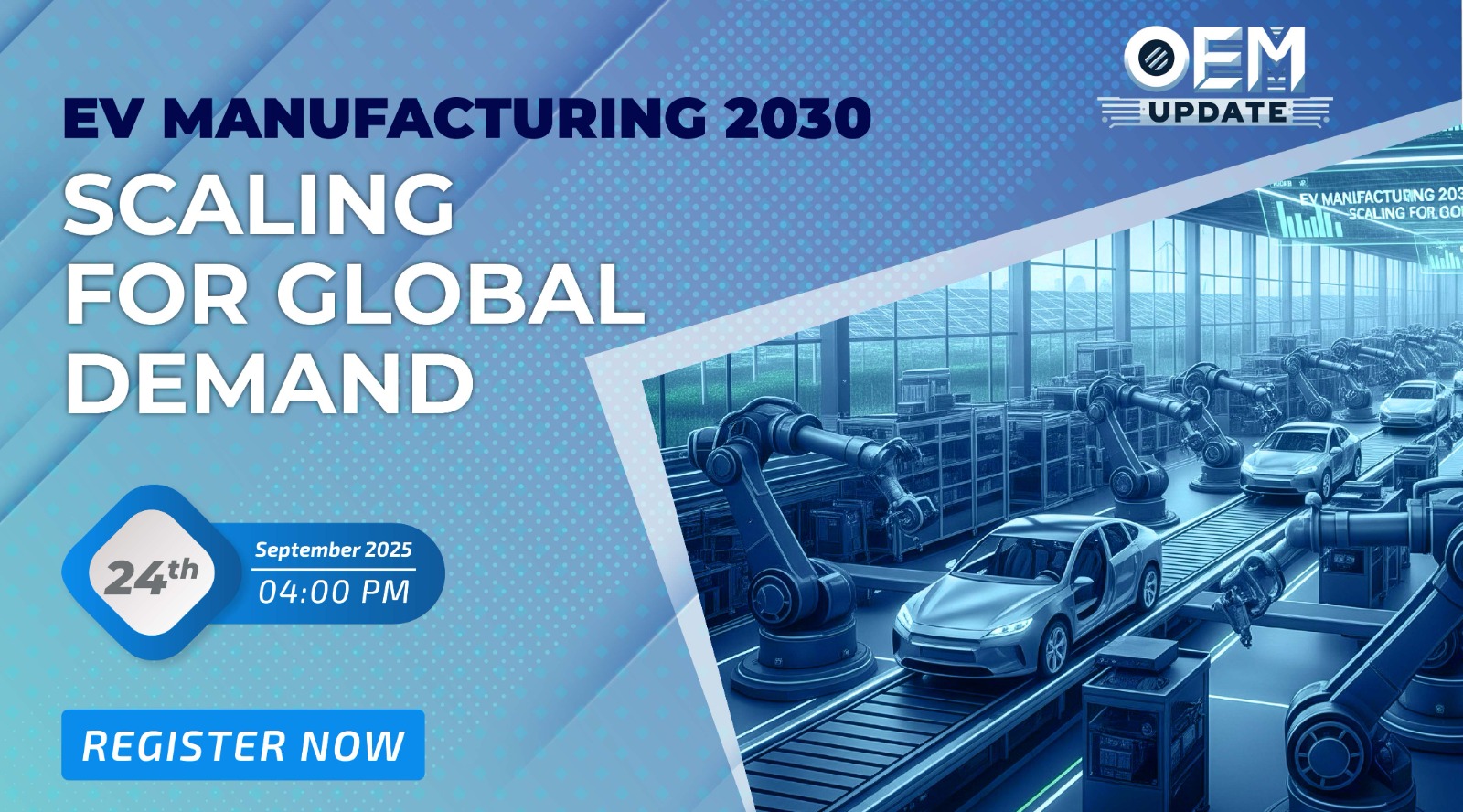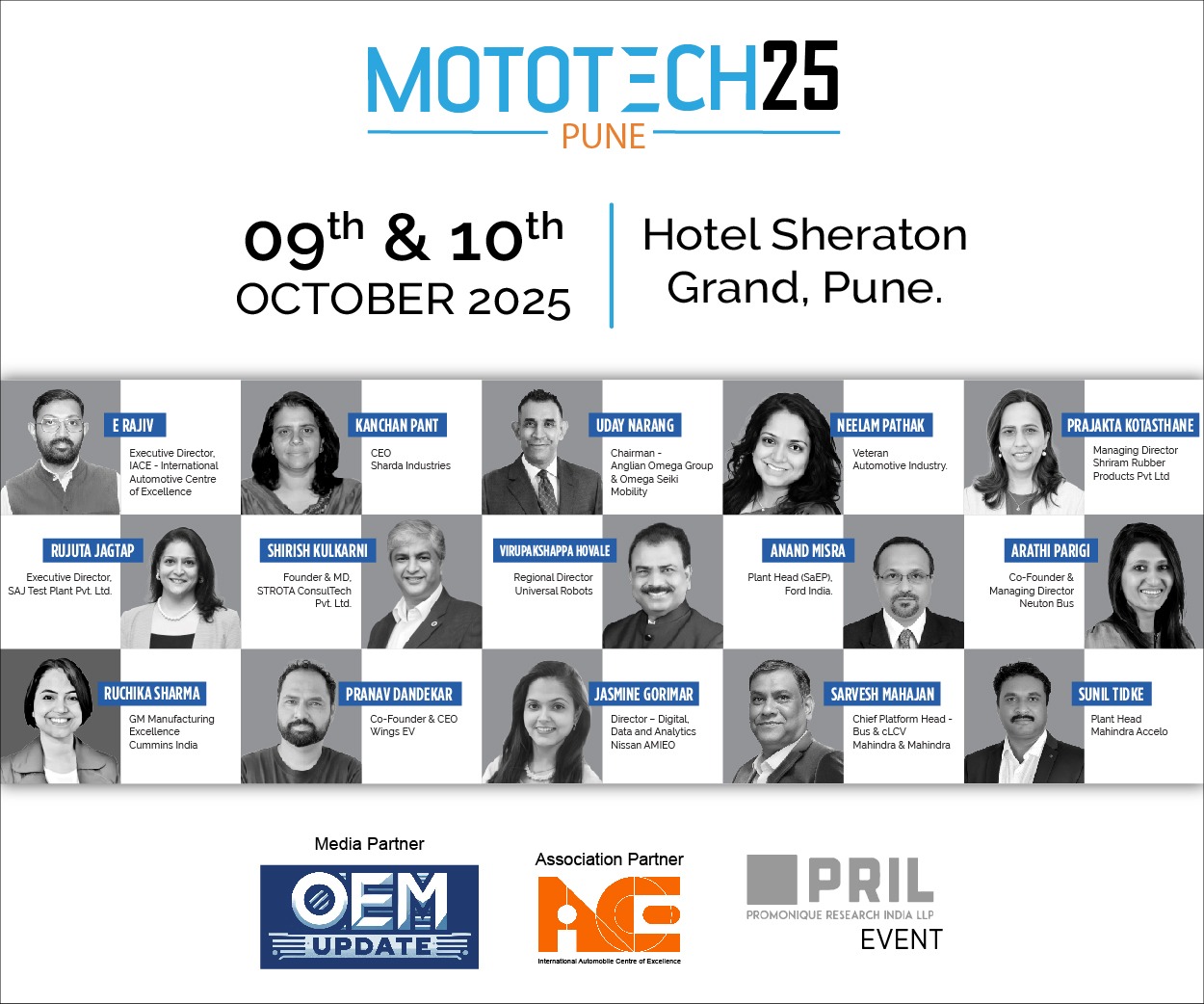Renewable energy integration challenges in manufacturing
By OEM Update Editorial May 9, 2024 2:15 pm IST
Sachin Bhalla, Vice President of Schneider Electric’s Secure Power division, explores the challenges met by manufacturing companies while integrating renewable energy into current storage systems. He discusses how factors like grid compatibility, transmission network demands, and the necessity for scalable solutions influence the future of sustainable energy adoption within industrial environments.
What new developments have occurred in creating systems and equipment for energy storage for future use?
As the pandemic subsides and economies recover, there is a pressing need for technologies that help us achieve net-zero carbon emissions. With the reopening of economies, global energy usage has spiked, causing shortages of natural resources and increasing energy costs. We should focus on energy storage technologies to address this issue and reach sustainability goals. This approach can promote the adoption of cleaner energy sources and encourage energy conservation, balancing supply and demand.
Lithium-ion batteries are becoming increasingly popular due to their energy efficiency, portability, and rapid charging abilities. Organisations adopt these batteries as they are cost-effective, compact, and easy to maintain. Solar batteries are another example of promoting sustainability as they reduce carbon emissions by utilising clean energy from the sun. Furthermore, Artificial Intelligence plays a significant role in energy storage systems by managing their charging and discharging cycles through predictive analytics and real-time monitoring. It helps to improve overall efficiency and increase the lifespan of energy storage systems. AI also helps to optimise the use of renewable energy sources by predicting fluctuations in energy production and demand, thereby adjusting energy storage systems accordingly.
What growth do you envision for battery storage systems in manufacturing industries and factories?
India’s renewable energy sector is growing exponentially, with non-fuel capacity increasing by 396 percent in the last eight and a half years. As the third-largest energy-consuming country in the world, we need sustainable solutions now more than ever. Battery storage systems are leading the way in energy storage solutions for manufacturing industries. They play a significant role in the future of the renewable energy market. For example, the Central Electrical Authority estimates that India will need 42GW of battery energy storage systems, highlighting the demand for energy storage infrastructure. It aligns with the global push towards a carbon-neutral future. It also makes commercial sense, paving the way for a faster and more energy-efficient tomorrow.
How can AI enable energy management across energy storage systems?
AI has evolved from being a buzzword to transforming energy efficiency by processing vast data. It also provides real-time analytics for better decision-making. Technologies such as Neural networks, distributed energy resources, and quick data analysis help consumers manage their energy needs in a decentralised energy landscape. Additionally, by implementing energy storage systems, AI helps organisations optimise operations by predicting energy demand patterns, grid stability, weather conditions, etc. It ensures effective and efficient use of energy storage systems while enhancing the grid’s reliability.
How does energy management software facilitate the identification of energy inefficiencies and wastage within manufacturing plants?
Quality energy management systems are essential for organisations. It helps them to increase uptime, protect their equipment, and facilitate faster decision-making in industrial settings. They provide the necessary data to make informed decisions, monitor progress toward sustainability goals, and identify areas where an organisation can focus its efforts on energy conservation. For instance, energy inefficiency and wastage are identified easily in a manufacturing plant.
It involves targeting equipment that functions during non-production hours and power quality issues that may result from energy overload. By monitoring electrical distribution networks and addressing power quality issues, energy management systems can save the organisation significant downtime and costs incurred from equipment damage.
Integrated energy management systems also act as powerful tools for compliance and reporting. They are crucial for tracking greenhouse gas emissions in real-time and increasing awareness. They help an organisation align itself with the latest environmental guidelines.
What are the key challenges in integrating renewable energy into existing storage systems for manufacturing companies?
Integrating renewable energy into existing storage systems poses several challenges. One of the primary obstacles is that developing cost-effective and scalable energy storage systems takes time and investment. By integrating renewable energy into existing systems, manufacturing companies may face difficulties in real-time data tracking and realising the full potential of renewable energy. Traditional grids designed with a centralised approach to power generation make integrating renewable energy into existing grids challenging. It requires grid modifications to manage voltage fluctuations and stability. The existing storage systems are known to cause transmission losses and congestion in the grid. Renewable energy sources are situated in remote regions. It necessitates robust transmission networks to transport the required power to demand centres. Therefore, a concerted effort is needed to integrate energy storage systems to eliminate losses before advancing toward augmenting the existing grid with renewable energy sources.
How do UPS systems contribute to grid support and revenue generation?
Uninterrupted Power Supply (UPS) systems provide backup power during power outages. They are of use in hospitals, industrial facilities, and data centres. These systems use lead-acid batteries, which are both reliable and cost-effective. When a UPS system is not in use and has excess energy stored, it supports the grid and generates revenue for the owner.
Owning a UPS system can also help transition to renewable energy sources and reduce energy bills. On the other hand, thermal energy storage stores excess energy during peak supply and releases it as heat when needed. It is a low-carbon way of meeting energy demands and provides a continuous flow of electricity.
Cookie Consent
We use cookies to personalize your experience. By continuing to visit this website you agree to our Terms & Conditions, Privacy Policy and Cookie Policy.
















